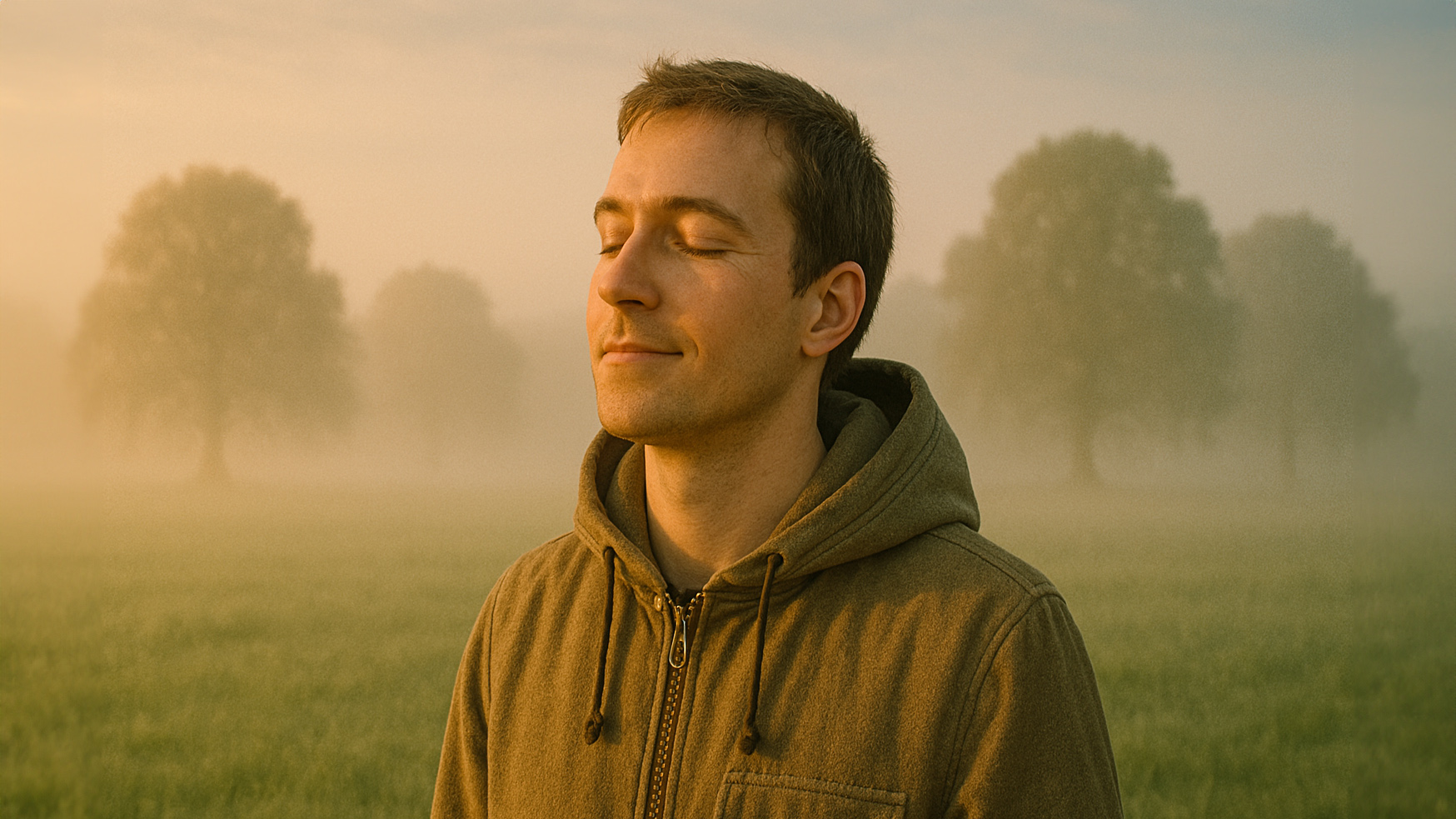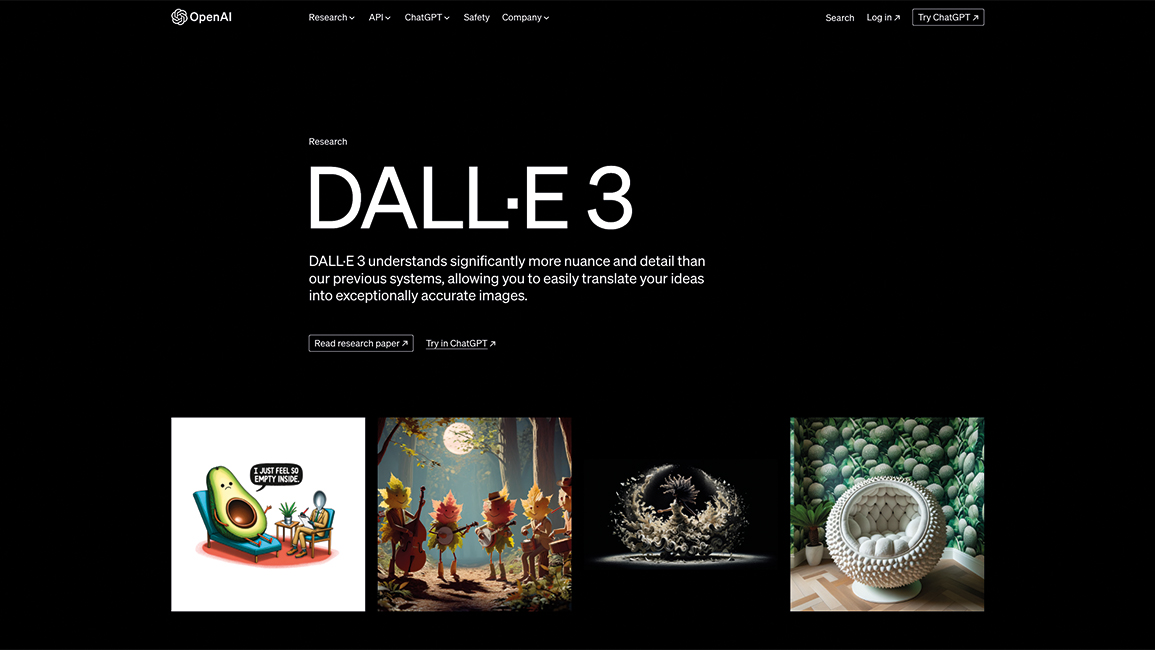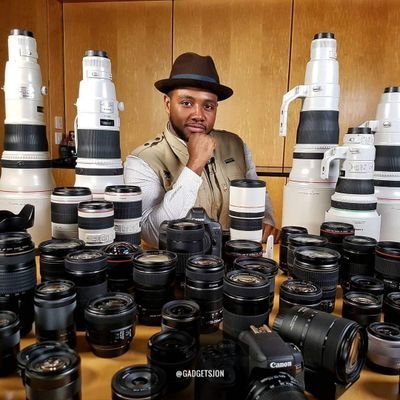
OpenAI’s first major foray into integrated multi-modal image generation caused a stir – its output adding fuel to the fiery conversations around AI, image generation, copyright and creativity.
ChatGPT’s image generation tool (known as DALL•E 3) was released quietly with no major UI overhaul. Suddenly, anyone using ChatGPT could generate impressive photorealistic images from text prompts.
Using the most widely accessible generative AI tool, you can now ask for images that mirror specific lighting setups, camera lenses or moods, and get results that show an understanding of those concepts.
“A portrait shot on a Fuji GW690 in morning mist” no longer returns a flat, CGI-type face; it gives you something almost resembling medium-format film, as you can see above. If that doesn’t at least raise an eyebrow, it should.
But as with most AI tools right now, the real story is about what it won’t let you do.
Users soon discovered that if you try to generate an image involving yourself, your friends or even a fictional person, OpenAI’s moderation filters kick in, giving a vague warning about violating guidelines.
The company says this is to prevent misuse – deepfakes, impersonation, NSFW content – and those are serious concerns. But the result is a system that feels uneven.
The best camera deals, reviews, product advice, and unmissable photography news, direct to your inbox!
The frustrating part is that these are exactly the kinds of tests that photographers want to run to explore mood boards, pitch treatments and generate ideas that are useful in pre-production.
But the more OpenAI hedges against controversy, the less useful the tool becomes for legitimate visual planning.
AI-generated photography is already having an impact. You can generate faux editorial portraits, cinematic stills and believable commercial setups without a set, a lens, or a lighting rig. While that might sound like sacrilege, it also points to new workflows: concept art, previsualization and mockups for hard-to-shoot scenarios.
We aren’t talking about AI replacing photographers, but about AI redefining what the earliest stages of visual creation look like, who participates and what visual representations of humans are pervasive.
In that sense, image generators like DALL•E are less about art and more about ideation. They offer a visual sandbox where untested software can be assessed. But like any sandbox, they come with fences. Some are allegedly there for safety. Others feel more like hedges against lawsuits.
Ultimately, these tools are already shaping the shot even if they never end up replacing the camera.
You might also like…
Get yourself familiar with the best AI image generators, and see all the latest AI developments introduced at Adobe Max 2025.
Jon is a gadget reviewer, content creator and influencer. He spends his time reviewing products, covering technology news, giving talks on content strategy and creating content in partnership with a wide variety of forward-thinking brands. He also contributes to commercial radio, as well as in national print newspapers and magazines.
You must confirm your public display name before commenting
Please logout and then login again, you will then be prompted to enter your display name.


